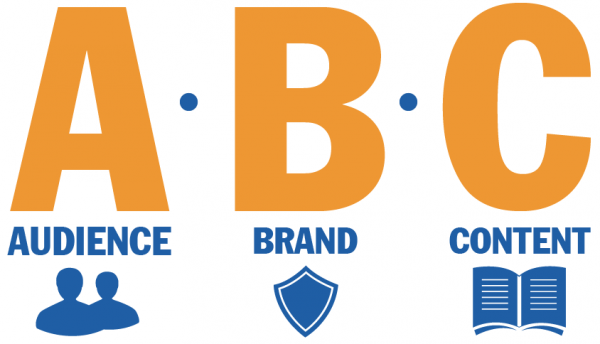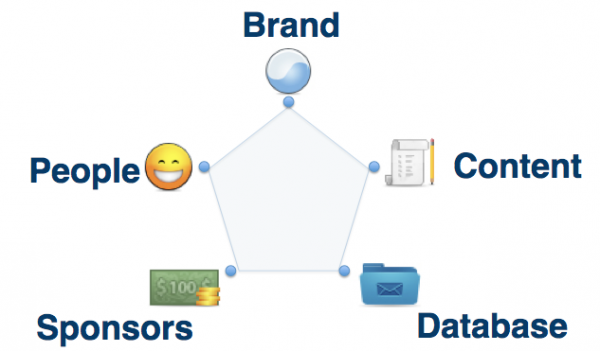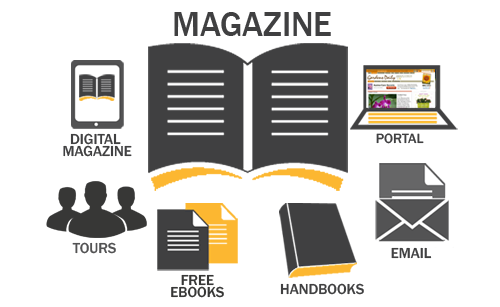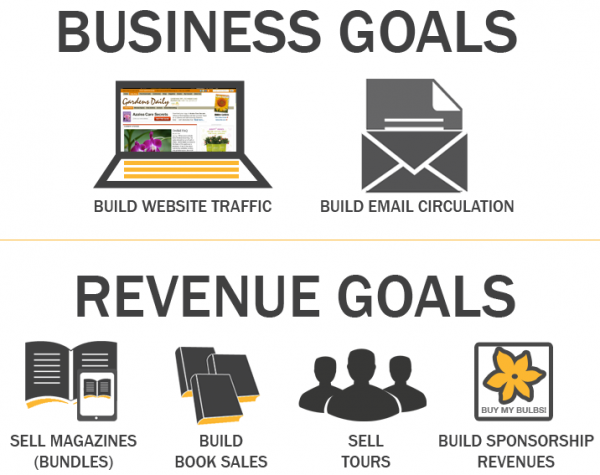The distinct advantages of legacy publishers: audience, brand and content

Several years ago, we were working with consultant Mark Young on some strategic issues for a joint investing publisher client. Mark said to me, “Don, you’re always giving examples of the perfect Mequoda operators, but does this work for other kinds of companies other than consumer magazine companies?”
“Do you focus on it because it’s what you know,” he asked, “or because there’s some kind of strategic advantage?”
I said it to Mark then and I’ll repeat it again now. There’s a huge strategic advantage for any legacy publisher. They have three things that other publishers don’t. I call them the ABCs.
- Audience: They have an audience who knows who they are. At the very minimum, even publishers who are circling the toilet have a circulation of subscribers and a mailing list (both digital and direct mail).
- Brand: They also have a brand that’s known in the market. This means it’s easier to sell new products, get PR and sell to sponsors.
- Content: They have piles of content. In many cases, they have 20-50 years of content that’s generating no money but can be redeployed as a portal or reference website with handbooks and video products.
Think of this all as the strategic advantage against the guy who comes in with no content and wants to start from scratch. It’s the legacy publisher versus the guy (or gal) with a big idea.
As a legacy publisher with the ABCs, you can hit the black ink in 12-18 months, but if you’re starting from scratch, it’s more like two to three years, sometimes much longer. It doubles the time and triples the investment. Some people think of being a legacy publisher as a bad thing, but it’s a great thing! You just need to know what to do with it all.
[text_ad]
Turning legacy content into an online empire
The foundation of what we teach at Mequoda is multiplatform publishing. In order to publish on many platforms, we have to begin by taking an asset inventory.

At the Intensive, we use Hidden Gardens, a mock magazine and case study, to teach how a traditional legacy publisher might begin, and how they can turn a magazine into many different products.

In this example, we start with a legacy gardening magazine that already has an active audience and a 20-year archive of content with thousands of articles. With that content, we can build a robust portal with free content, an email newsletter that drives traffic back to the website, handbooks that draw on content from previously published content, free ebooks, again, derived from published evergreen content. We can also dive into live events. For Hidden Gardens, we can partner with a travel agency and produce bulb tours in The Netherlands if we want. And of course, we can begin to produce a digital magazine.
That’s a lot easier than saying, “I have an idea and I’m an expert in gardening.”
And suddenly, your main goal isn’t just to sell magazine subscriptions, but to drive as much website traffic as possible so that you can sell more subscriptions. Except with a little less effort. People come in through free content and upgrade to paid content. Or, you simply please your advertisers by creating more products and pages to place their advertisements.

This isn’t to say that we discourage startups, but the fast track program is for a legacy publisher. With that said, most legacy publishers don’t know how to make the transformation and have been selling at rock bottom prices. For a startup, if you have the opportunity you’d be better off buying a legacy magazine that comes with the ABCs and build from there.
I’m not being cocky, but we bought a legacy publisher which was worth $5 million at break even. We bought it for the rock bottom price of $2 million and in 24 months recouped our entire investment by turning it into a multiplatform publishing company. The company, after those 24 months, was repositioned to be worth about $15 million.
I have to say, it’s like turning on a spigot that money gushes out of. This is one of my favorite things to do. I like taking these brands that just couldn’t get a handle on digital publishing, transforming them into multiplatform businesses with a digital core, and then watching then reemerge as publishing empires.
By the way, if you happen to own a legacy brand, or are considering buying one, come to the Intensive. In 5-10 years, these opportunities will be gone. The companies will have either perished or have been bought up. Those who buy and transform these brands will be the dominant players and those who didn’t take advantage of it will be gone.
You can’t outrun the digital bullet, but and there’s a lot of money to be made by those embrace it. I’m sure my friend Clay Hall—who bought legacy publisher Interweave in 2005, did everything I’m talking about here and sold it at a major profit in 2012—would agree.


